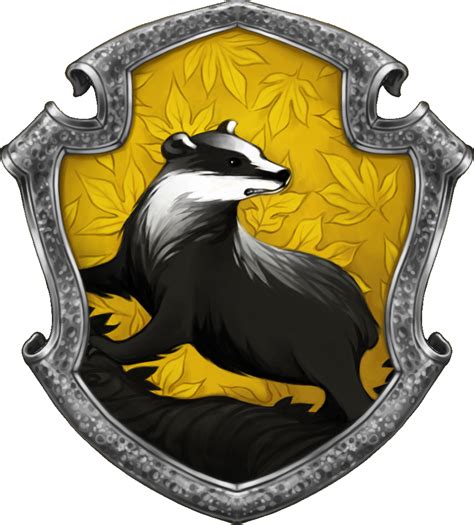Cover Letter Templates And Examples
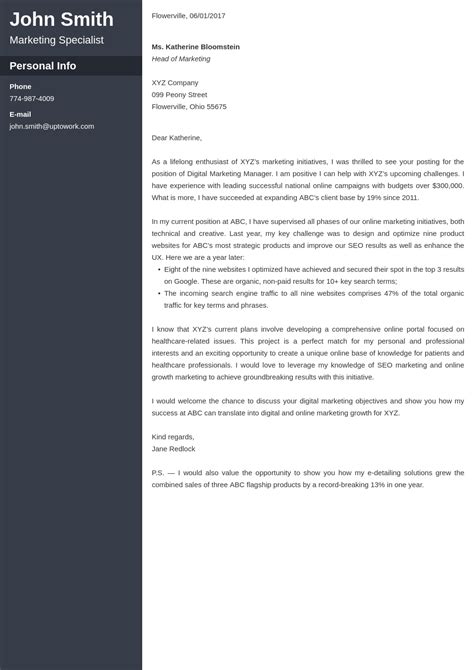
In today's competitive job market, a well-crafted cover letter can be a powerful tool to make a lasting impression on potential employers. A cover letter allows you to introduce yourself, highlight your skills and experiences, and showcase your enthusiasm for the role. However, writing an effective cover letter can be a daunting task, especially for those who are new to the job search process or lack confidence in their writing abilities. That's where cover letter templates come into play, offering a structured framework to guide you through the writing process and ensure you cover all the essential elements.
Understanding the Importance of Cover Letters
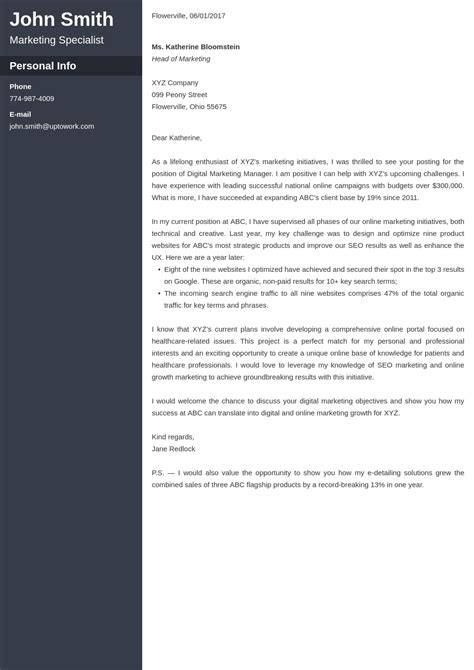
A cover letter is more than just a formality; it is an opportunity to showcase your personality, professionalism, and fit for the role. While your resume provides a comprehensive overview of your work history and qualifications, a cover letter allows you to tell a story, explain any gaps or inconsistencies, and demonstrate your unique value proposition. It is your chance to make a personal connection with the hiring manager and create a positive first impression.
Additionally, a cover letter can help you stand out from other applicants. In many cases, recruiters receive dozens or even hundreds of applications for a single job opening. A well-written cover letter can set you apart by demonstrating your passion, motivation, and understanding of the company's mission and values. It allows you to tailor your application specifically to the role and showcase your ability to align your skills with the organization's needs.
The Benefits of Using Cover Letter Templates
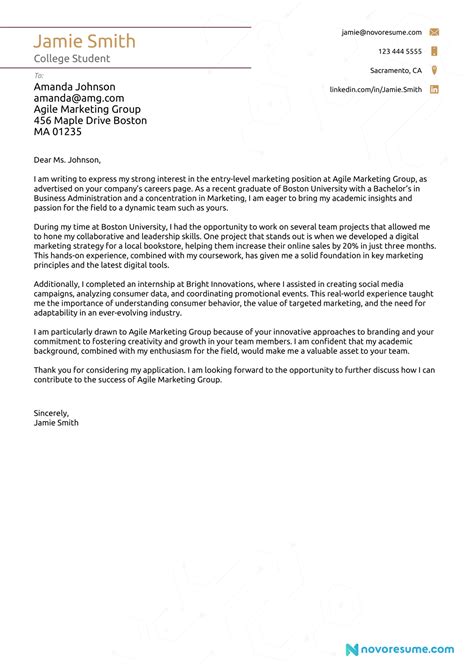
Cover letter templates offer numerous advantages to job seekers, providing a structured approach to crafting an effective cover letter. Here are some key benefits:
- Structure and Guidance: Templates provide a clear outline, ensuring you cover all the essential elements of a cover letter. They guide you through the writing process, helping you organize your thoughts and present your qualifications effectively.
- Time-Saving: Writing a cover letter from scratch can be time-consuming, especially if you are applying for multiple positions. Templates allow you to save time by providing a pre-formatted structure, enabling you to focus on customizing the content for each role.
- Consistency: By using a template, you can maintain a consistent format and tone across all your cover letters. This ensures a professional and polished appearance, making it easier for recruiters to assess your suitability for different roles.
- Inspiration and Confidence: Cover letter templates can serve as a source of inspiration, especially for those who are unsure where to start. They provide examples of effective language, formatting, and content, boosting your confidence and helping you craft a compelling letter.
- Customization: While templates offer a framework, they are easily adaptable to your specific skills, experiences, and the requirements of the job. You can modify and personalize the content to highlight your unique strengths and how they align with the role's expectations.
Exploring Different Cover Letter Styles
Cover letter templates come in various styles, catering to different industries, job levels, and personal preferences. Understanding the different types can help you choose the most suitable template for your needs.
Traditional Cover Letter
A traditional cover letter follows a formal and professional format. It typically includes an introduction, a body paragraph highlighting your relevant skills and experiences, and a concluding paragraph expressing your interest and enthusiasm for the role. This style is suitable for most industries and is particularly effective for more conservative or formal job applications.
Creative Cover Letter
Creative cover letters allow you to showcase your creativity and personality. They often incorporate unique formats, such as infographics, videos, or multimedia elements. While creative cover letters may not be appropriate for all industries, they can be highly effective for roles in creative fields like design, marketing, or entertainment.
Functional Cover Letter
Functional cover letters focus on your skills and achievements rather than your work history. They are ideal for individuals with limited or non-traditional work experience, as they allow you to highlight your transferable skills and demonstrate how they align with the job requirements. Functional cover letters are also useful for career changers or those returning to the workforce after a break.
Hybrid Cover Letter
Hybrid cover letters combine elements of both traditional and functional styles. They provide a balance between showcasing your skills and experiences while maintaining a professional and structured format. Hybrid cover letters are versatile and can be adapted to various industries and job levels.
Choosing the Right Template for Your Needs
When selecting a cover letter template, consider the following factors:
- Industry and Job Role: Research the industry and job role you are applying for. Understand the typical expectations and tone used in cover letters for that specific field. Choose a template that aligns with the industry's norms and showcases your understanding of the role's requirements.
- Your Skills and Experiences: Assess your unique skills, experiences, and accomplishments. Select a template that allows you to highlight these strengths effectively. For example, if you have extensive project management experience, choose a template that emphasizes your ability to manage complex projects.
- Personal Preferences: Consider your personal style and comfort level. Some individuals prefer a more formal and traditional approach, while others may lean towards a creative or functional style. Choose a template that aligns with your personality and helps you express your genuine enthusiasm for the role.
| Cover Letter Template | Description |
|---|---|
| Traditional Template | A formal and professional format suitable for most industries. Focuses on your skills, experiences, and alignment with the role. |
| Creative Template | Allows for creative expression and the use of multimedia elements. Ideal for creative fields. |
| Functional Template | Emphasizes skills and achievements rather than work history. Perfect for career changers or those with limited work experience. |
| Hybrid Template | Combines traditional and functional elements, offering a balanced approach. Versatile and adaptable to various industries. |
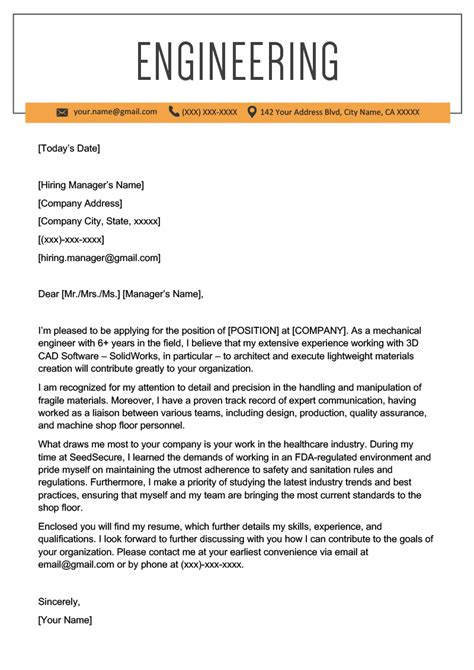
Writing an Effective Cover Letter
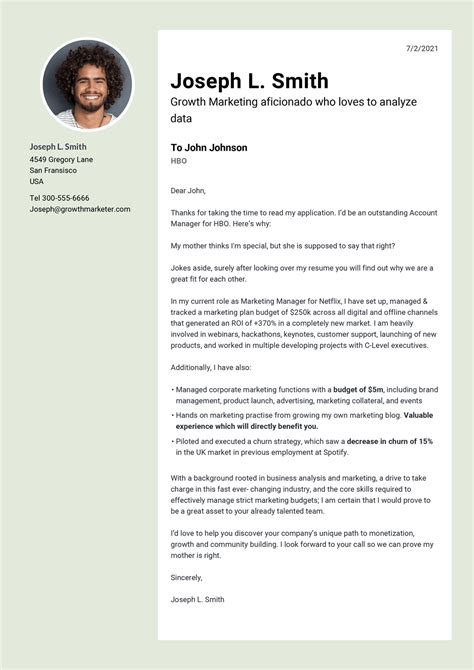
Now that you have selected a suitable cover letter template, it’s time to craft a compelling and personalized cover letter. Here are some key tips to help you write an effective cover letter:
- Address the Right Person: Research the hiring manager or recruiter's name and address your cover letter to them directly. If the name is not available, use a generic greeting like "Dear Hiring Manager" or "To Whom It May Concern."
- Introduce Yourself: Begin your cover letter with a strong introduction that captures the reader's attention. Highlight your key strengths and how they align with the role's requirements. Avoid generic statements and focus on specific accomplishments.
- Highlight Relevant Skills and Experiences: Use the body of your cover letter to showcase your most relevant skills and experiences. Provide specific examples and achievements that demonstrate your ability to contribute to the organization. Quantify your accomplishments whenever possible.
- Express Enthusiasm: Conclude your cover letter by expressing genuine enthusiasm for the role and the company. Highlight why you are passionate about the opportunity and how you can add value to the team. Avoid overly formal or generic closing statements.
- Proofread and Edit: Take the time to carefully proofread your cover letter for any grammatical or spelling errors. Ensure your writing is clear, concise, and free of typos. Consider asking a friend or colleague to review your cover letter for additional feedback.
Tailoring Your Cover Letter for Each Application
While cover letter templates provide a valuable starting point, it is crucial to tailor your cover letter for each job application. Here are some tips to help you customize your cover letter effectively:
- Research the Company: Before writing your cover letter, thoroughly research the company, its mission, values, and recent achievements. Mention specific aspects of the company that resonate with you and explain how your skills and experiences can contribute to their success.
- Analyze the Job Description: Carefully read and analyze the job description. Identify the key requirements and responsibilities outlined in the description. Highlight how your skills and experiences match these requirements, providing specific examples whenever possible.
- Use Keywords: Incorporate relevant keywords from the job description into your cover letter. This demonstrates your understanding of the role and shows that you are a strong fit for the position. However, avoid keyword stuffing and ensure your writing remains natural and authentic.
- Adapt to Different Roles: If you are applying for multiple roles within the same company or different companies, tailor your cover letter to each specific role. Highlight the unique skills and experiences that make you an ideal candidate for each position.
The Impact of a Well-Crafted Cover Letter
A well-written cover letter can have a significant impact on your job application. It allows you to make a strong first impression, demonstrate your enthusiasm and qualifications, and stand out from other applicants. Here are some key benefits of a compelling cover letter:
- Increased Visibility: A cover letter can catch the attention of recruiters and hiring managers, increasing your chances of being noticed among a sea of applications.
- Demonstrated Interest: By expressing your genuine interest and enthusiasm for the role, you show that you are a dedicated and motivated candidate.
- Enhanced Understanding: A cover letter provides an opportunity to explain any gaps or inconsistencies in your resume, helping recruiters understand your career path and how your skills translate to the role.
- Customized Application: Tailoring your cover letter to each job application demonstrates your attention to detail and commitment to the hiring process. It shows that you are a thoughtful and serious candidate.
Conclusion
Cover letter templates are a valuable tool to guide you through the cover letter writing process. They provide structure, inspiration, and a starting point for crafting a compelling and personalized cover letter. By selecting the right template, customizing your content, and focusing on your unique skills and experiences, you can create a cover letter that captures the attention of recruiters and increases your chances of landing that dream job.
FAQ
Can I use a cover letter template for every job application?
+
While cover letter templates provide a solid foundation, it is important to tailor your cover letter to each specific job application. Each role may have unique requirements and expectations, so customizing your cover letter to highlight your relevant skills and experiences for that particular position is crucial.
How long should a cover letter be?
+
A cover letter should be concise and to the point. Aim for a length of approximately one page, or around 300 to 400 words. Focus on highlighting your most relevant skills and experiences without overwhelming the reader with excessive details.
Should I include my contact information in the cover letter?
+
Yes, it is essential to include your contact information in your cover letter. Provide your full name, email address, phone number, and any other relevant professional contact details. This ensures the hiring manager can easily reach out to you if they are interested in your application.
